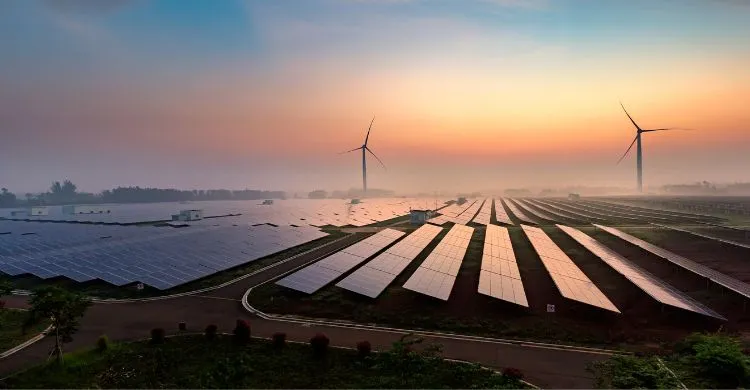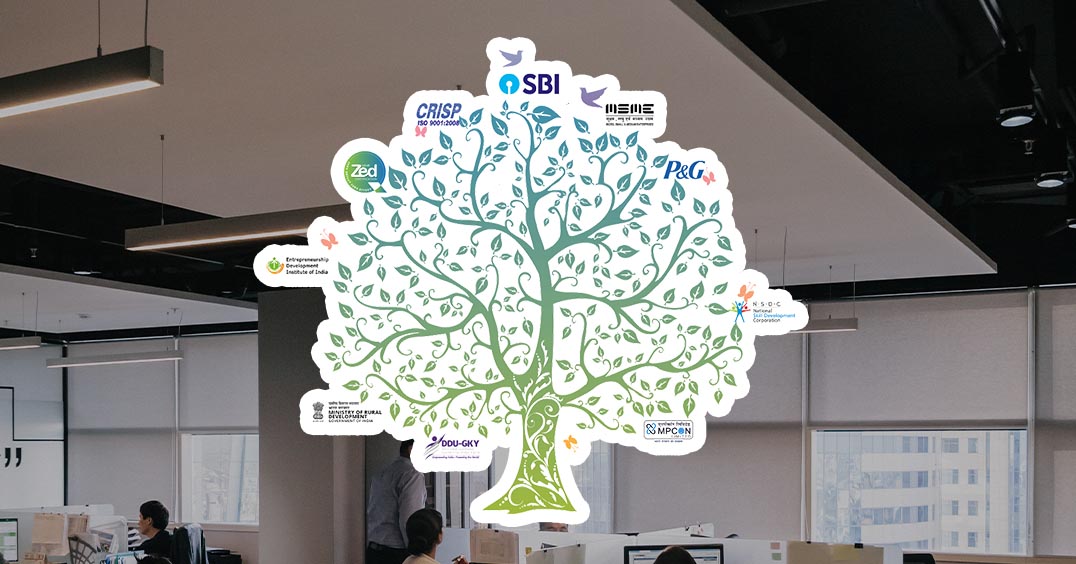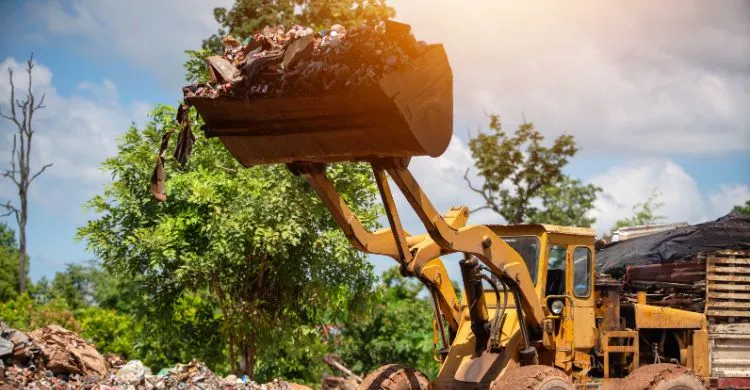
Bamboo Cluster in Madhya Pradesh: Paving the Way for Sustainable Economic Growth

May 23 , 2023 Saurabh Mishra, Founder & Director, Seagull Venture Private Limited (10X Growth Strategies)
Introduction Background
Madhya Pradesh, blessed with diverse agro-climatic conditions and abundant bamboo resources, holds significant potential for the development of the bamboo industry. Currently, the state boasts the largest area under bamboo plantation in India, accounting for over 14% of the nations total bamboo resources. Although the bamboo industry is in its early stages in Madhya Pradesh, the state government has taken commendable initiatives to promote bamboo-based industries and improve farmers income through bamboo cultivation. Various schemes and programs have been launched to provide technical and financial assistance to entrepreneurs, artisans, and farmers, fostering the growth of bamboo-based industries.
Bamboo-based industries offer immense possibilities in Madhya Pradesh, with products ranging from handicrafts, furniture, paper, textiles, to bamboo shoots that have significant nutritional value. Furthermore, bamboo serves as a sustainable alternative to timber, aiding in reducing deforestation. With the right infrastructure and support, Madhya Pradesh has the potential to become a leading hub for the bamboo industry in India, generating ample employment opportunities and contributing to the regions and states economic development.
Objectives
The primary objectives of the Bamboo Cluster in Madhya Pradesh are ambitious and encompass several facets:
1. Promoting Sustainable Economic Development: The cluster aims to foster economic growth that is mindful of environmental and social concerns.
2. Enhancing Income Generation for Farmers and Artisans: Empowering local communities through increased income from bamboo-related activities.
3. Fostering Entrepreneurship and Skill Development: Encouraging innovation, creativity, and skill development among stakeholders.
4. Encouraging Research, Innovation, and Technology Transfer: Supporting advancements in bamboo-related research and technology.
5. Strengthening Market Linkages and Value Chain Integration: Connecting bamboo producers with markets and promoting value addition.
6. Promoting Sustainable Forest Management and Conservation: Advocating for responsible bamboo cultivation and conservation efforts.
7. Facilitating Policy and Regulatory Support: Collaborating with authorities to create a conducive environment for the bamboo industry.
Cluster Structure and Units
The Bamboo Cluster in Madhya Pradesh envisions 70 units spread across a 25-acre area, with an estimated investment of 10 Crores. The units span various domains, including:
Bamboo Treatment Unit
Furniture Production Units
Decorative (Craft items) and Utilization Products Units
Designing and Innovation Studio
Bamboo Nursery
Bamboo Tissue Culture Lab
Pulp and Paper
Bamboo Textiles
Logistics and Distribution Centers
Quality Monitoring Unit
Demonstration Park
Packaging Unit
Museum
Export and Marketing Facilitation, and CFC
Advantages of Bamboo Clusters
The establishment of bamboo clusters brings a host of advantages to Madhya Pradesh:
1. Economic Benefits: Bamboo clusters stimulate employment opportunities and contribute to local and regional economies.
2. Environmental Benefits: By promoting carbon sequestration, biodiversity conservation, and sustainable resource management, bamboo clusters contribute positively to the environment.
3. Social Benefits: The clusters provide opportunities for skill development, empower women, preserve cultural heritage, and contribute to rural development.
Roadmap for Implementation
The successful establishment of the Bamboo Cluster in Madhya Pradesh entails several well-defined phases:
1. Feasibility Assessment and Planning: Conducting a detailed feasibility assessment and developing an implementation plan for the cluster.
2. Cluster Establishment and Infrastructure Development: Identifying suitable locations, establishing infrastructure, and developing processing units.
3. Capacity Building and Skill Development: Implementing training programs and initiatives to enhance the capabilities of stakeholders.
4. Market Linkages and Value Addition: Establishing market linkages and promoting value addition to enhance competitiveness and profitability.
5. Monitoring, Evaluation, and Scaling Up: Continuously monitoring and evaluating cluster performance to identify successful models for scaling up.
Key Challenges and Recommendations for Success
While the Bamboo Cluster in Madhya Pradesh offers great promise, there are key challenges to address:
1. Lack of Awareness and Understanding: Raising awareness through campaigns and educational initiatives is essential.
2. Access to Finance and Credit Facilities: Advocating for bamboo-focused financial products and forming partnerships with financial institutions can improve access to finance.
3. Infrastructure and Technology Constraints: Focusing on enabling infrastructure and technology support can overcome existing limitations.
4. Policy and Regulatory Barriers: Addressing policy and regulatory challenges is vital for creating a supportive environment for bamboo cluster development.
Conclusion
The Bamboo Cluster in Madhya Pradesh represents a significant opportunity for sustainable economic growth, environmental conservation, and improved livelihoods for local communities. By fostering entrepreneurship, skill development, and market linkages while addressing key challenges, the state can realize the full potential of its bamboo resources, emerging as a prominent player in the bamboo industry landscape of India.












.webp)



